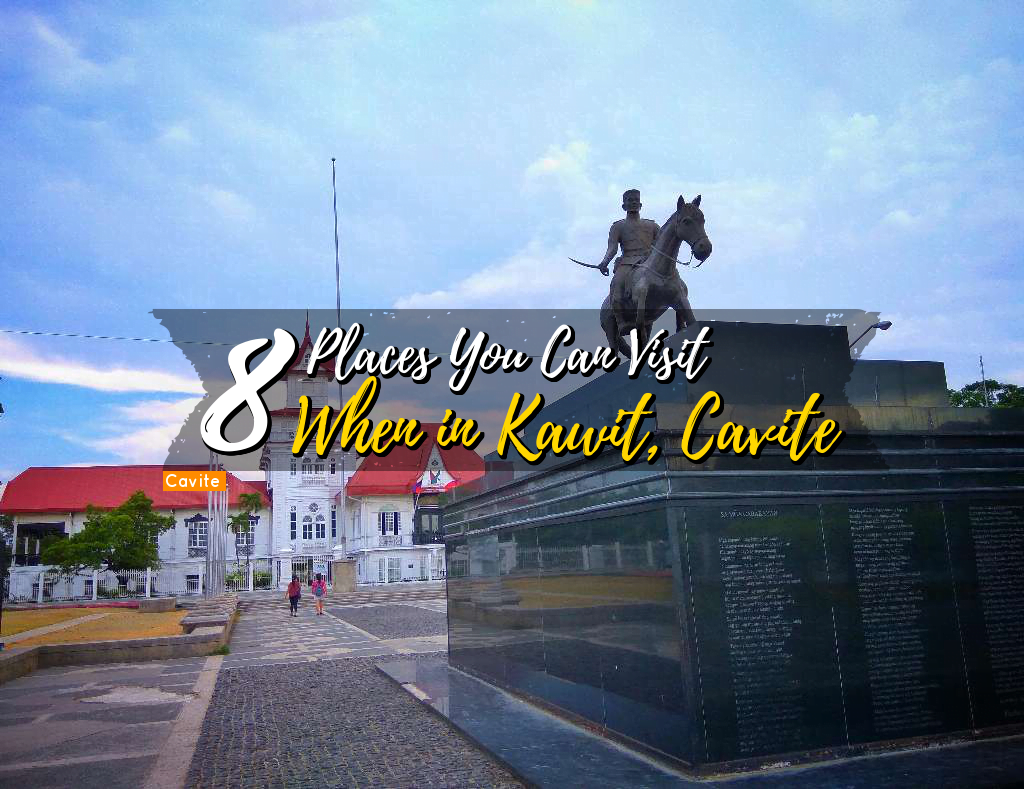
Kawit, Cavite is the birthplace of Philippine independence. This is where the Philippine Flag was waved to proclaim our independence from Spain. It has been a witness to those years of being held captive by the Spaniards and of those Filipinos who aspired and battled for freedom. See how this place though developed, yet remained as few of the heritage towns who had been a witness to Philippine Revolution.
History has been told to us when we’re kids at school. It is even more interesting to see history by yourself when you are old enough and thinks that you have forgotten such stories.
Our history will always be a part of ourselves, whether it has been dated back centuries ago or just recently as this tells what become of us right now.
Now, here are a few places you may visit when you are in Kawit, Cavite.
1. Aguinaldo Shrine: Freedom Park
Located just in front of Emilio Aguinaldo’s home where the flag was waived, the Freedom Park comprises of Emilio Aguinaldo’s monument riding a horse and scriptures around it written in Spanish and Tagalog translation.
2. St. Mary Magdalene Church
St. Mary Magdalene Church is the oldest church in Cavite. It had been the witness to more than decades of war for freedom. The church was built in the 1620s when Catholicism started to spread and was then constructed on 1639 using seashells, thick mud, and cement. It was even badly destroyed when Spaniards attacked Kawit with cannon balls.
The church’s main entrance doesn’t lie on the main street because in the old days, when nighttime strikes, St. Mary Magdalene’s resting place is being lit up and serves as a parole or lighthouse for the boatmen and ships.
Inside the church is a tomb where Don Carlos Emilio Aguinaldo was held. In the old days, those who had a high influence in the church is given the privilege to have their dead bodies buried inside the church, and the Aguinaldo’s are one of those influential families.
Outside the church, on its right, is Candido Tria Tirona’s Monument. He was the one who temporarily replaced Gen. Emilio Aguinaldo as Kawit’s Mayor, due to that he led the Kawiteños in the event of “agaw-armas” in August of 1896.
3. The Pandayan (Blacksmith)
In the old days of the war against Spaniards, “pandays” or “blacksmiths” are a famous occupation. They are skilled in making “itak”, bolo”, swords, and several weapons to be used by the revolutionaries of war for freedom in the 19th and 20th century. There were no guns and Filipino people doesn’t know how to make one yet. They are defending the city with just short-handed weapons.
Nanay Meni, who acquired the foundry from her ancestors, showcases the traditional way of making such crafted weapons now being used for farm and production.
Tatay Waldy Cabigona showed us how these items are made. Using coconut husks and shells for the fire, electronically blown with air, the metal is then heated with a bursting flame. Reaching a certain point of degree, the metal is taken out from the fire and placed in an anvil for shaping. Once the metal cooled down, it’s taken back to the flame and the process repeats until desired shape and sharpening is achieved. The handle is made up from an “Ipil-ipil tree” or guava trees to ensure that the quality is best.
It is one of the many dying industries in the Philippines, more especially in Kawit.
Due to emerging technology, there are now only more or less 3 families who still venture in this type of business. Nanay Meni’s children showed no interest in this craft because of the low revenue and that her children wanted to work in an office rather than to make knives and staves. She was able to support all her 9 children in their studies by this craft that has been running with her for more than 70 years already.
Let’s all make this heritage craft live up to the next generation by making everyone aware of it. This tour taught me two things, awareness, and conservation.
4. Battle of Binakayan Monument
If you are familiar with Island Cove, across its entrance is the Battle of Binakayan Monument. The Battle of Binakayan happened in November 1896, led by General Emilio Aguinaldo. He is supposedly going to Batangas to deploy troops but they had received a report that there will be Spanish forces coming to Kawit for an attack. Baldomero told this information to Gen. Emilio and the general immediately deployed his troops in Binakayan.
It was estimated that there were at least 20,000 Spanish soldiers going to attack Kawit, but since the general knew about the plot, he had the upper hand. Deploying nearly 10,000 Filipino soldiers to attack the Spanish forces in surprise, they won and the Spanish forces fled back to their camp. This was a great success to the Filipinos knowing they only have at least half of their troops against the Spaniards.
5. Emilio Aguinaldo Shrine and Museum
The birthplace of General Emilio Aguinaldo himself and the Philippine Independence. Emilio Aguinaldo is the 7th among 8 siblings and the last male child. In the old ways, the last male child has the right to claim the house from his parents, hence, their ancestral house was transferred to his name. The house was built on 1845. Together with his other 7 siblings, they lived under its roof.
Entering the house that has been turned into a museum, you will immediately feel nostalgic like you somehow became a part of the 19th and 20th century. The ground floor was turned into an interactive museum, made it more interesting. There, upon entrance, is an old bowling alley. They were spending free time playing bowling. There also will also be written scripts about Emilio Aguinaldo’s life, his contributions, and achievements. A life-size portrait of the General himself. Most of the items are still original, dated 100 years or more, even older than your grandmas and grandpas. The lower part of the house was also once called a “silong” just like the Baldomero’s.
The second floor consists of bedrooms, the living room, kitchen, dining hall, grand hall, and the balcony, where the flag was waved to declare independence. Most memorabilia’s are still original from the 1800s. It’s a complete heritage spot with a huge contribution to the Philippine history.
6. Hidden Tapsihan
After a day of walking, it’s time for you to eat one of the best-tasting tapa in Cavite and it is offered by Hidden Tapsihan.
Their tender, old-fashioned tapa is definitely their best seller. It matches Filipino taste buds, hence, called as one of the best. Nothing looks special until you dip the tapa into their home-made vinegar. It’s surprisingly lovable and taste-wise, delicious.
Address: Mascardo St, Brgy. Wakas, Kawit, Cavite
Phone: (046) 686 – 1341
7. General Baldomero Aguinaldo Shrine
Gen. Baldomero Aguinaldo was a leader of the Philippine Revolution. He was the first cousin of Emilio Aguinaldo, the first president of the Philippines, as well as the grandfather of Cesar Virata, a former prime minister in the 1980s.
The house is made up of Molave and a Narra wood and other paved part are made up of adobe, a type of hard rock, and has two floors. The first or ground floor is called a “silong”, mostly used with poultry or serves as an emergency comfort room for elders. This part of the house (in the old days) is mostly unpaved and full of soil. Now, the floor is covered in tiles as part of preservation.
His house was built in 1906, similar to the “bahay-kubo” in the Spaniards era. Some old items are displayed in the area like old iron used to treat clothes where you need to add charcoals in order to generate heat. A cannon that they used when there was still war. Most appliances were American inspired.
The upper floor is where his spouse and his children’s bedroom are located. There also is the living room in the upper floor. The windows are huge to accommodate good ventilation, serves as a look out when there is a parade and where men were “nanghaharana” or serenading his daughter, Leonor, as an act of courtship.
Next to his house is a “kamalig” or the storehouse where products and goods are being stored and where meetings are sometimes being held. It was already renovated now and made as a meeting place for tourists, guests and officials.
8. Irasan (Saltern)
A 6-hectare land was primarily used for this specific industry. In the summer season, it’s a saltern. In the rainy season, it’s a fish pen. The tour showed us how rock salt is made in a very traditional way. The method used came from the Chinese traders even before the Spaniards discovered the Philippines.
There are 5 processes in which the rock salt is made. The “primera” where the original salt water came from. It is being filtered for up to a week before getting to the second process, the “segunda”. Segunda is another filtering process different from primera. After segunda, next comes “tresera”, another filtering process to ensure that the salt water from the sea is even saltier. Next process is called “quarta”, another filtering process, making the salt water from the tresera ready for the last process, the “ultimo”. Ultimo is the last filtering process in creating the crystallized salt we used in cooking and other similar purposes. The filtered salty water from the ultimo process is being poured to the salt beds.
Evaporation takes a huge place in this salt crystal creation. Before pouring the salt water from the ultimo process bed, they need to determine if it’s salty enough for evaporation. Each salt bed has a pre-determined saltiness level and volume. The weather is also a huge factor in making best quality salts. Quality will depend on the heat of the sun, the hotter it is, the better. The Wind and where it’s coming from also affects the salt crystal creation. The wind coming from the east makes the best salt crystals, otherwise, the quality is affected.
For the salt makers, it was even harder for them when the climate change started. There are times that they have to start again because of a sudden change in weather. Around 2010, there were still about 13 salterns in Kawit, due to changing weather and increase in population, the lands used for making salts are sold, one by one, leaving only two (2) salterns in Kawit.
The 2 remaining salterns strive hard to keep this industry alive. It’s their only remaining living means and is important to them to support their families. Let’s not hope that this heritage industry die. By increasing awareness to our people, CVTHA is also aiming for this heritage industry preservation. Increasing awareness means that tourists will also be welcome to check out and be a part of this act.
Our tour was provided by Fundacion Santiago. A non-profit, non-government organization, that aims to promote and sustain cultural awareness in the country. With community volunteers from Cavite el Viejo Heritage Tourism Association (CVHTA), they are committed to the preservation and promotion of the town’s heritage treasures.
You may contact CVTHA and Fundacion Santiago to book a tour with them and take a visit to our history.
Special thanks to John Ray of TravelBook.PH and Kara Garilao of Fundacion Santiago for having us.
What Can an Ordinary Person Learn from a Barista
Mt. Daraitan Love Story
Your 4D3N South Cebu Itinerary and Travel Guide!
Going to Boracay via 2GO Travel from Batangas Port





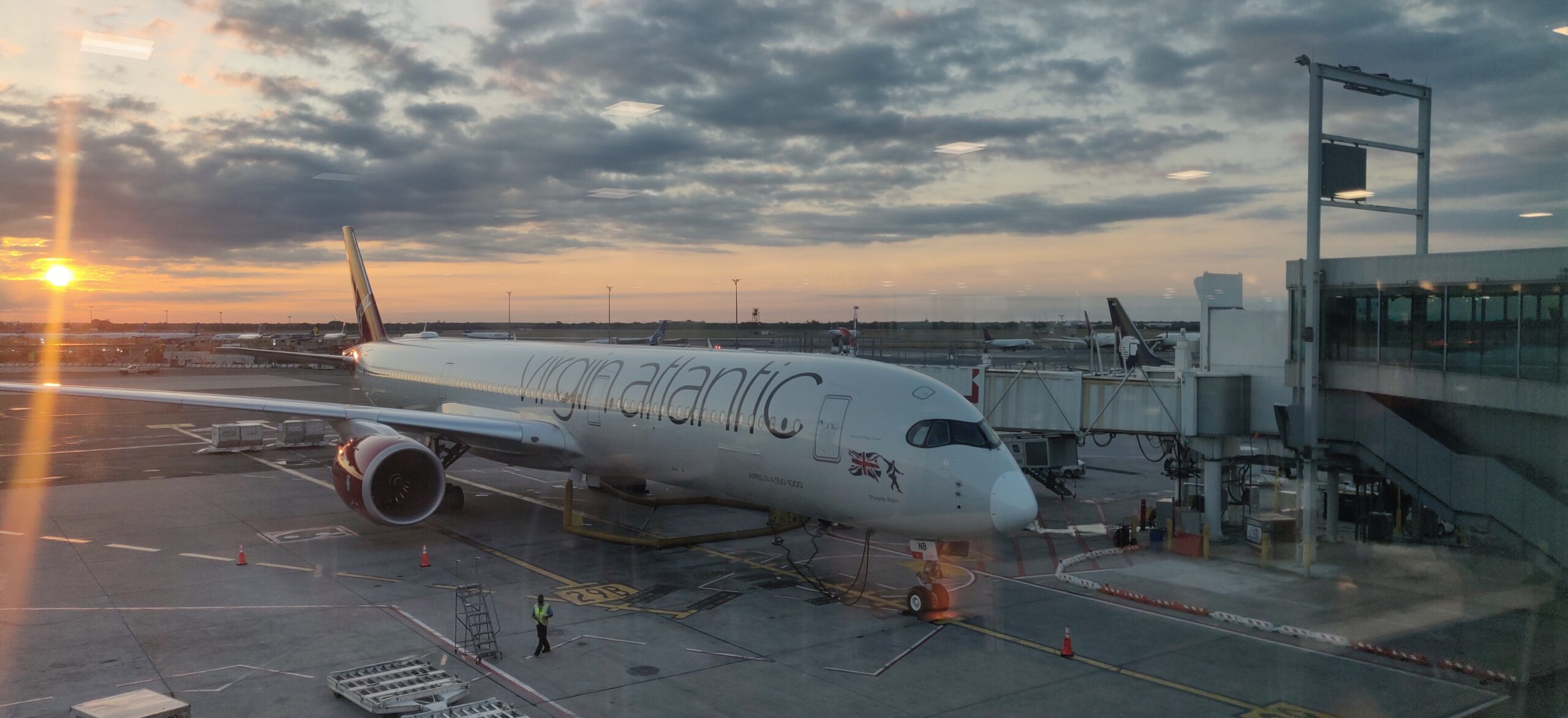
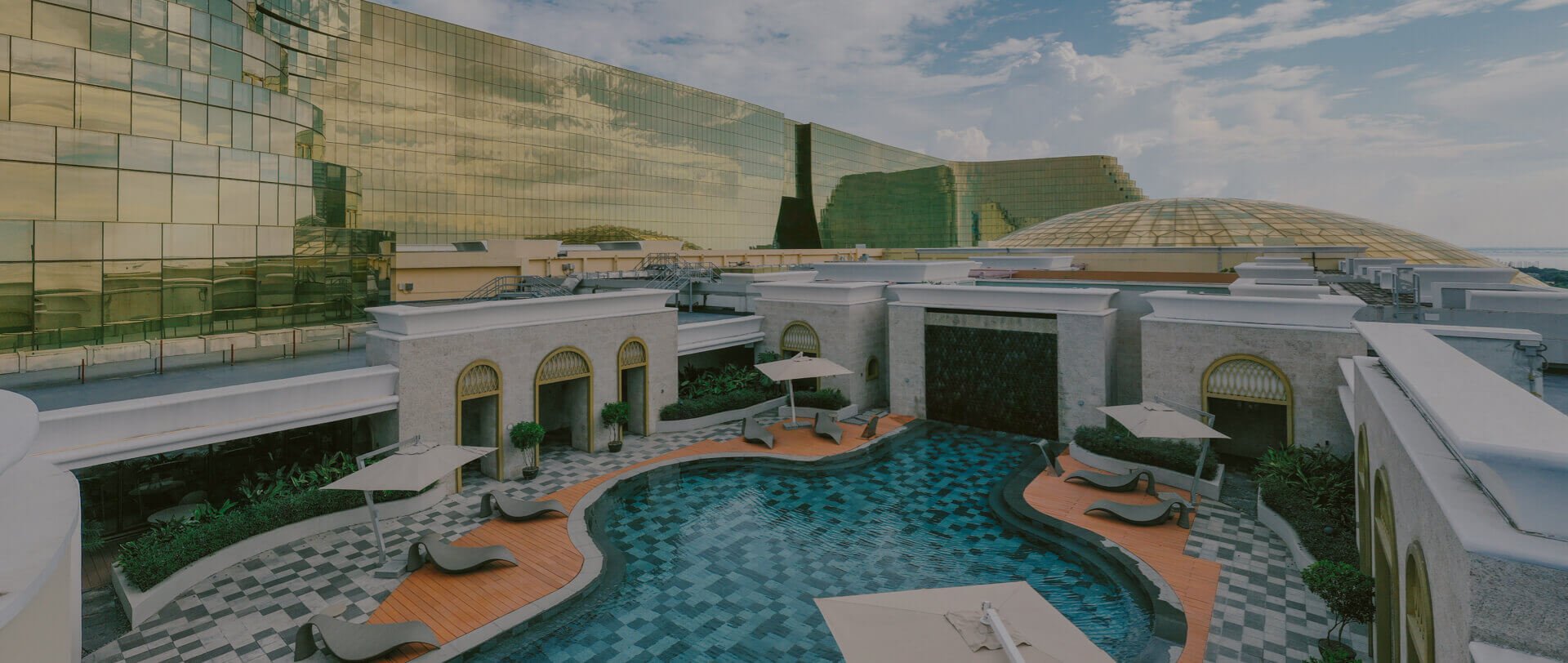


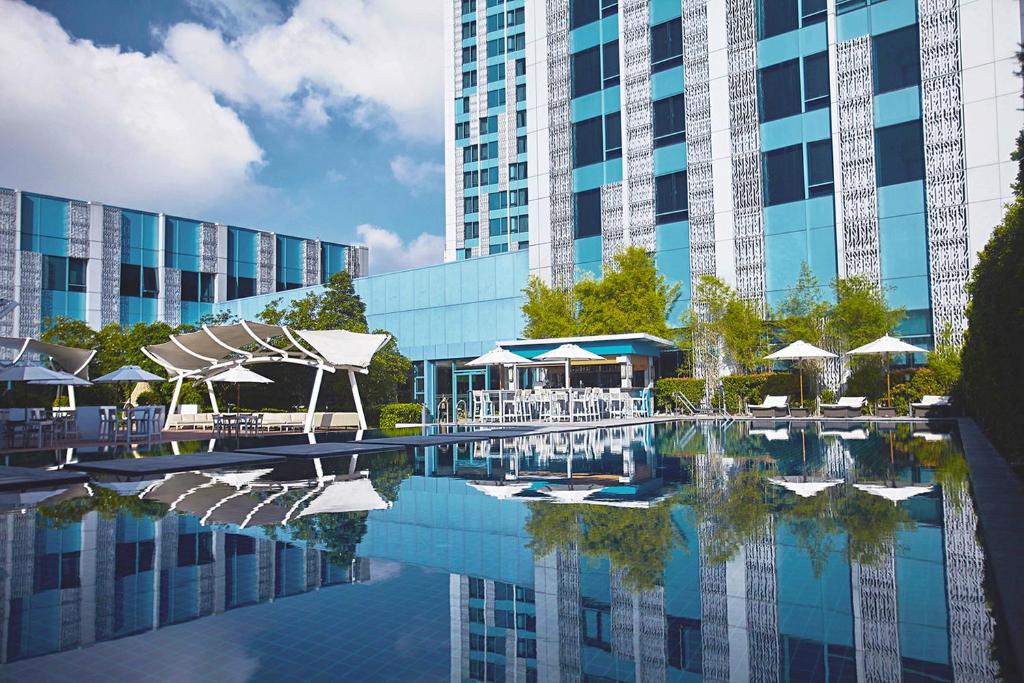




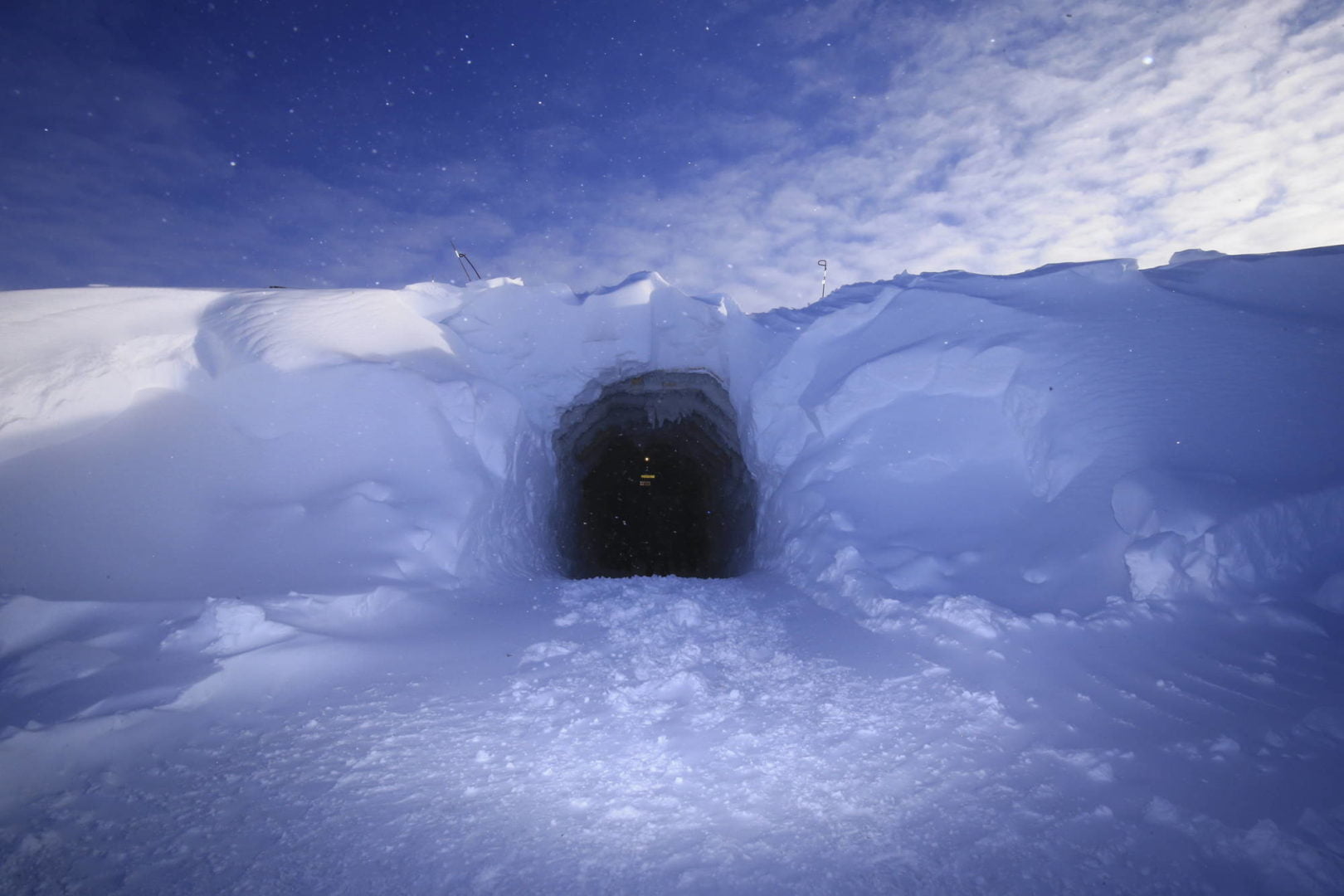

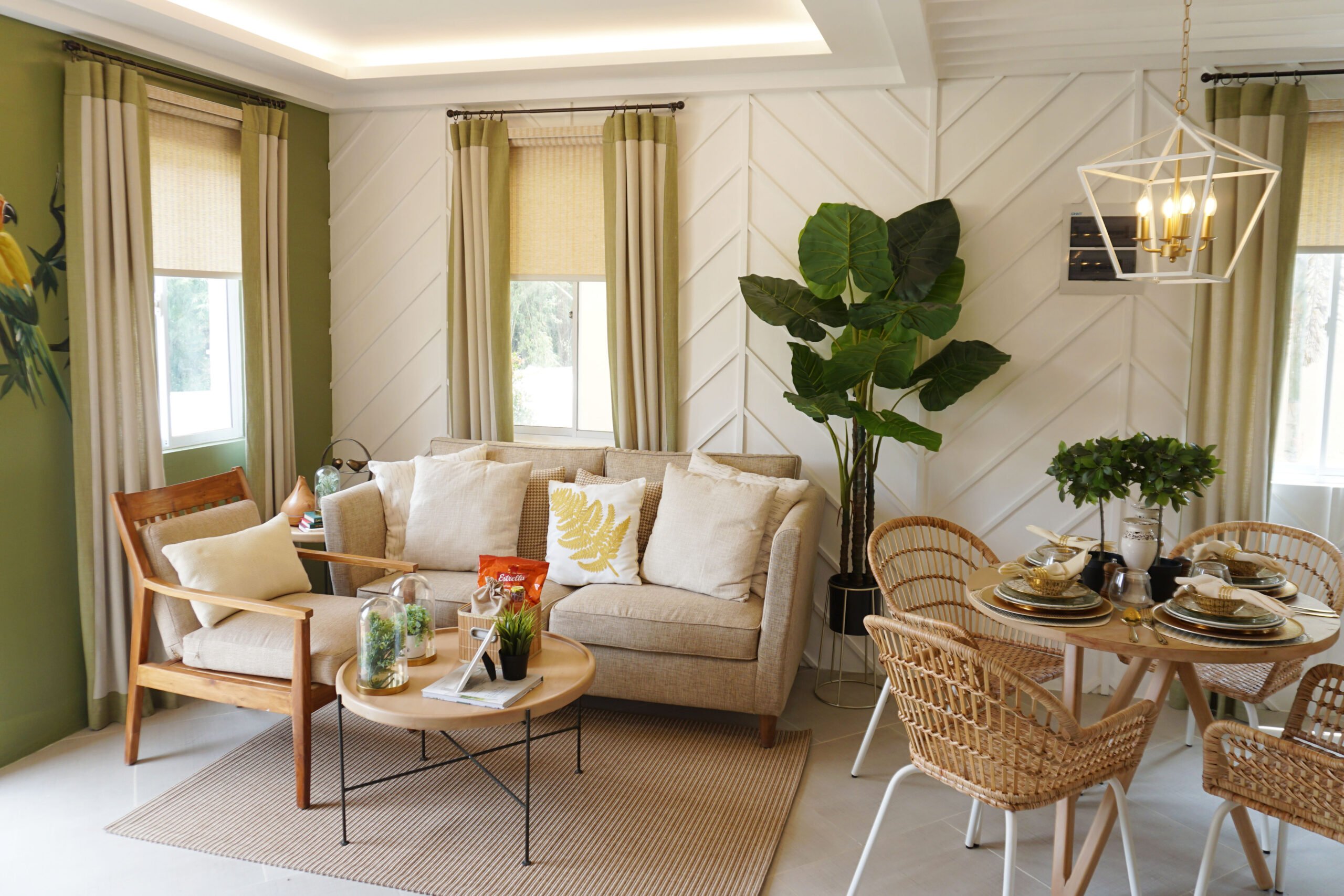


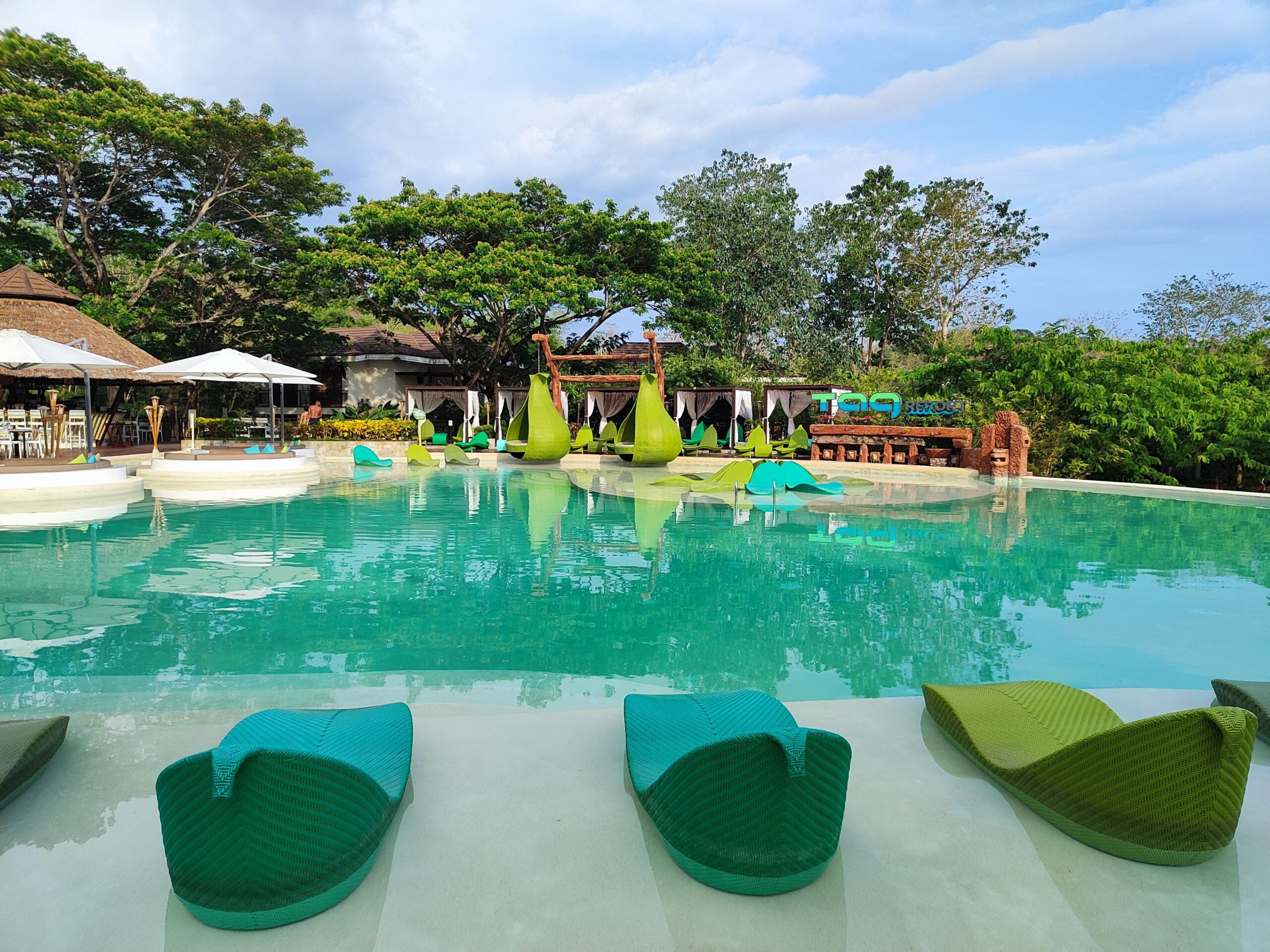
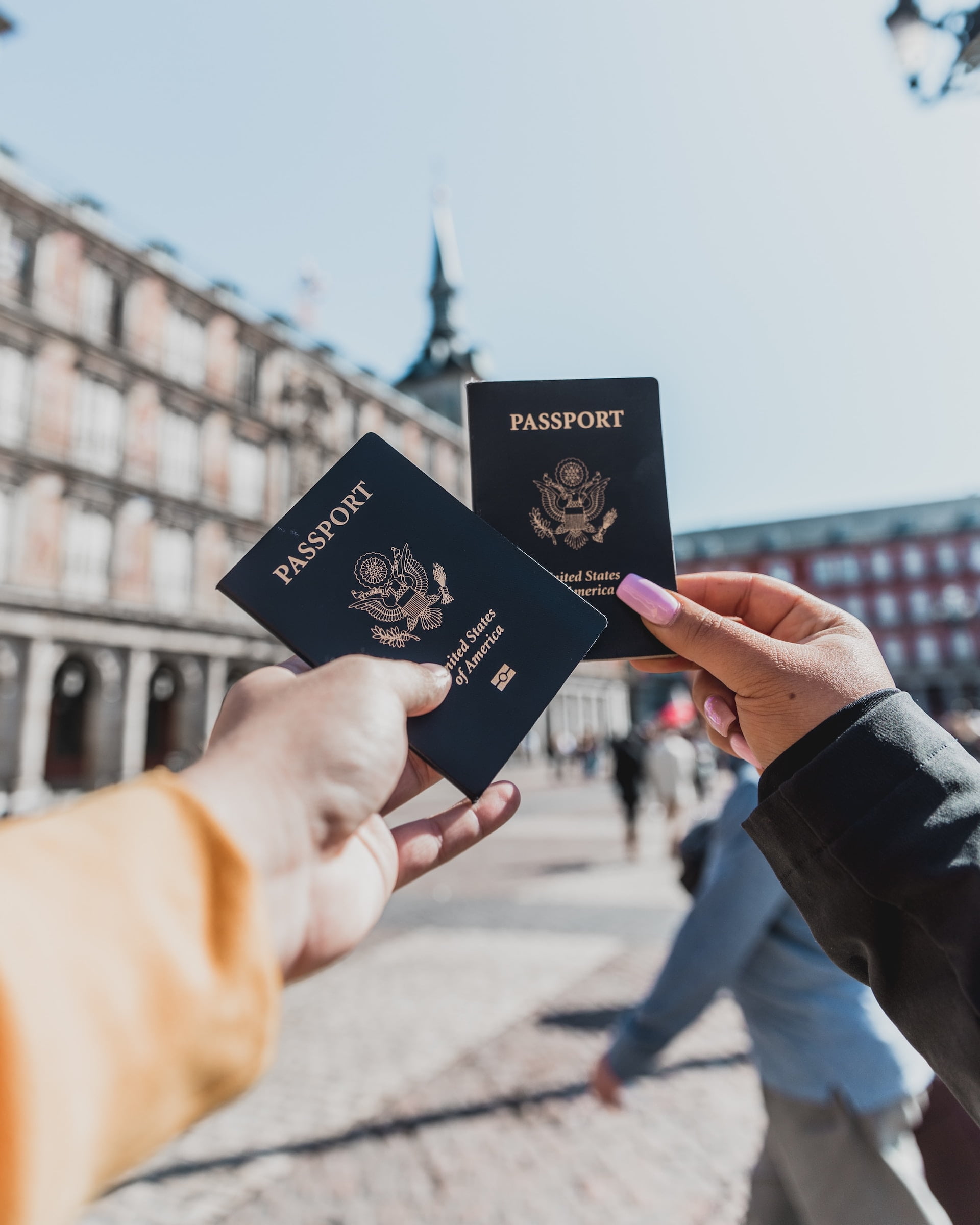

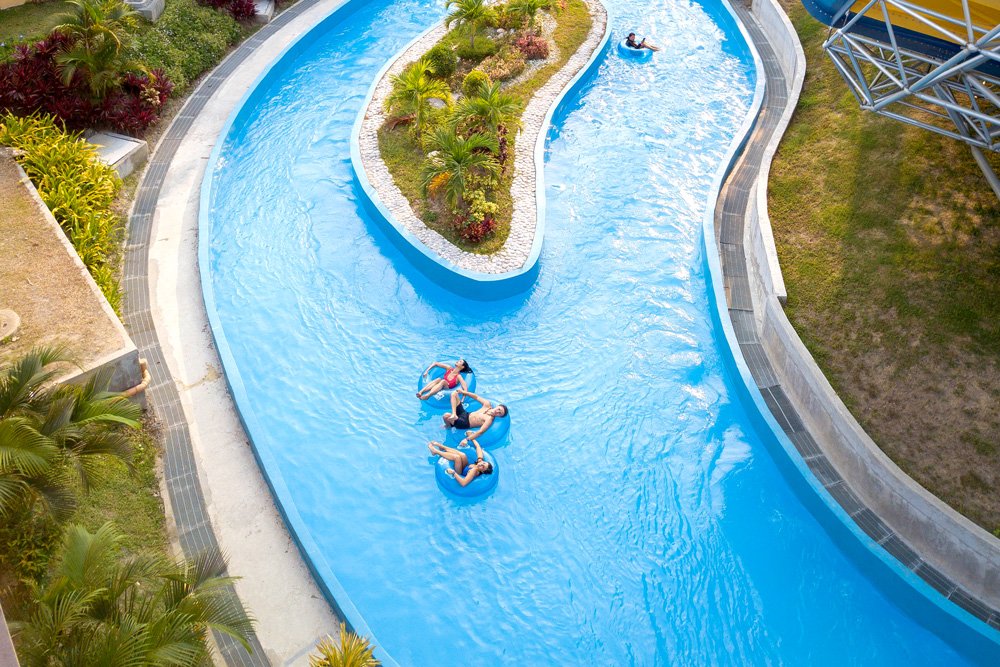
Comments are closed.